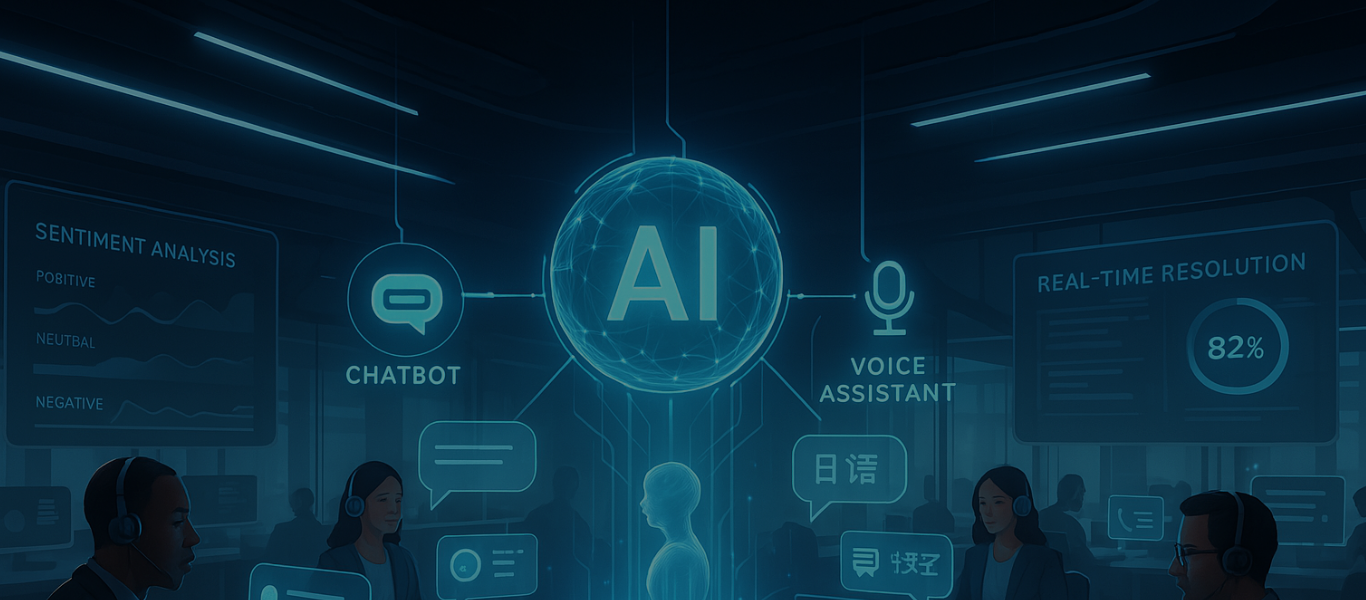
COVID-19 is reshaping modern retail. While sales are recovering – retail sales in the US increased 9.4 percent last March over the previous month and were up 26.9 percent over last year – the change in consumer buying behavior, channel preferences and loyalty will outlive the pandemic. Optimism that comes with the vaccine will fuel a spurt in discretionary spends even as additional government stimulus will bring back demand. Naturally, the consumer suffering pandemic fatigue, will go back to some old-fashioned retail therapy and we can expect to see it play out most prominently in beauty, apparel, travel, hobby, sporting goods, and dining out.
We could debate the fact this “recovery” in store visits will be short lived, the reasoning being that consumers have begun to favor online channels. But let’s admit it: consumers value the touch, feel and smell of the things they buy. Think clothes, jewelry, perfumes, a coffee mug, an avocado or even a purse or a wallet. The immersive product experience creates a pull into the stores.
Admittedly, e-commerce sales are growing fast. From being 5.1 percent of total retail sales in the US a decade ago they accounted for 21 percent of sales in 2020. But a whopping 79 percent of sales are still from brick-and-mortar stores. Stores will continue to be around, and will need to transform to offering great experience, or great convenience or both. Increasingly, smart retailers do not see the two channels as being competitive, but rather supplementing each other in the myriad paths consumers take from intent to purchase.
The tilt in favor of stores of every proclivity – from big box to pop-up, and from specialty to discount – will continue for several decades into the foreseeable future. Stores that adjust their role and purpose and remain meaningful to the consumer will win. Those that don’t will perish.
Many interesting changes in retail are already underway, even as the pandemic rages across the world. Dark stores offering curbside pickups are on the rise along with a `buy on line, pick up in store’ (BOPIS) trend. These models point to the convergence of channels. With the use of analytics for consumer insight and automation for fulfilment, these models will improve and bring down costs. In hindsight, they will look like obvious evolutionary steps.
However, smart retailers are working harder. They are focused on super charging the in-store experience and the convenience they bring to consumers. These modern trends will prove revolutionary to retail as we head into the next normal.
It is natural for retailers to do everything they can to protect the investments made in their stores. There is no reason stores should be left to underperform. This is where four deep-impact measures of retail store management come into play, placing stores in a position to have healthy bottom lines:
- Integrate physical and digital assets, making for the best experience. Provide a content-rich, intuitive and immersive experience for all online and in-app interactions. Does your consumer want to chat with a store executive or a product expert before visiting the store? Does your consumer need an online demo for a product before checking the product in the store? Provide this using live text and video interactions. Use automated bots where possible, handing over the interaction to live service executives where necessary.
- Create fresh in-store experiences that provide customers a reason to visit, make it personal. For example, make the store a place of discovery using store-only or in-stores-first product launches that draw consumers into returning. Use consumer data captured from every touch point – store visits, card and loyalty data, social media, website footprint, surveys, CRM and partner data – to shape in-store consumer interactions. Most important, help consumers seamlessly continue their online journey when they visit the store.
- Make it convenient, make it interesting, make it rewarding. Do your consumers want to try your products before they buy? The cosmetic industry turned this approach into a fine art, allowing consumers to try various styles in the presence of an expert. Can your grocery store have a master chef to adroitly guide consumers, answer questions and put their apprehensions to rest? Can your white goods store have a well-informed engineer available – perhaps online – to gently turn consumers into confident power buyers by decoding and simplifying technical details using AR and VR? Will you provide day care to turn shopping into a pleasure for the harried mother?
- Go contactless, make it safe. Provide self-service options ranging from the ability to check product details using a QR code, easily look up alternatives and options for products, order and return products, make payments and track refunds. The goal should be to make the experience comfortable, non-intrusive, dependable, simple and safe.
A variety of industries have evolved with the business landscape and with changing consumer demands. One example is of the adjacent entertainment industry. Movie theatres went from being massive 600-seaters showing a single movie into becoming clusters of small and classy 100-seater multiplexes offering online movie trailers, the ability to book tickets online, enjoy a variety of movies in the same multiplex, soak in the Dolby surround sound, get joyfully overwhelmed by 3D, gawk at the digital sharpness on the big screen, and sink into luxurious beds with freshly laundered blankets. Some multiplexes went as far as to combine movies with a fine dining experience with menus created by celebrity chefs. The industry changed itself by bringing an unrelenting focus to experience and convenience to stay in step with changing times.
The pandemic has made it abundantly clear that retail cannot keep going down the traditional path. Expectations and needs have changed. It is time to re-imagine the retail store through the lens of modern marketing and commerce, upping the differentiation by improving experience and convenience.













